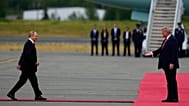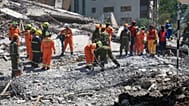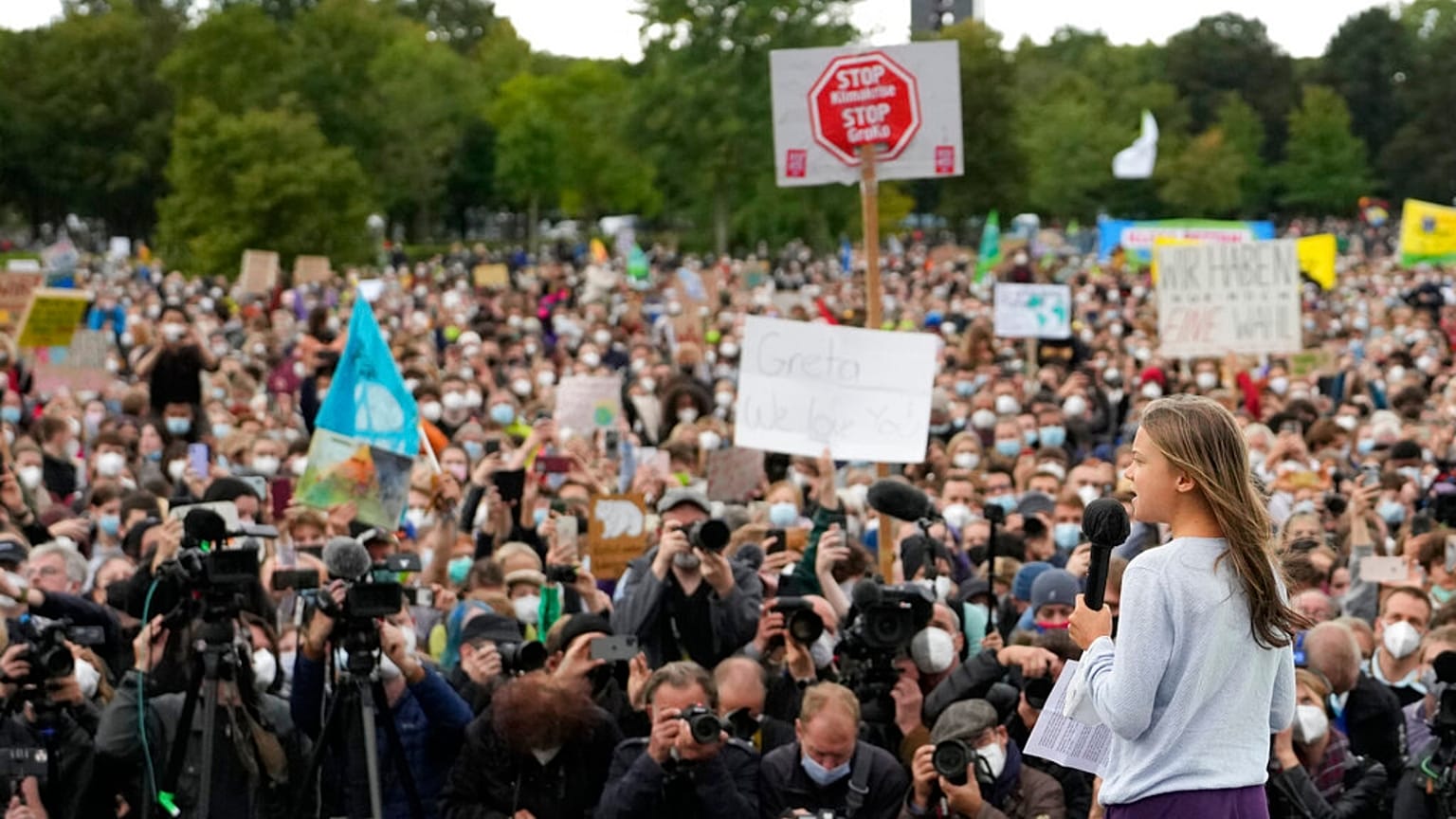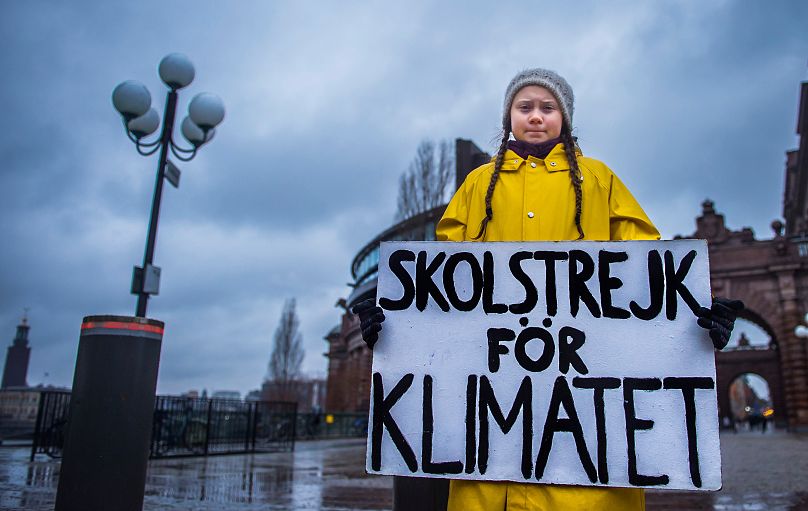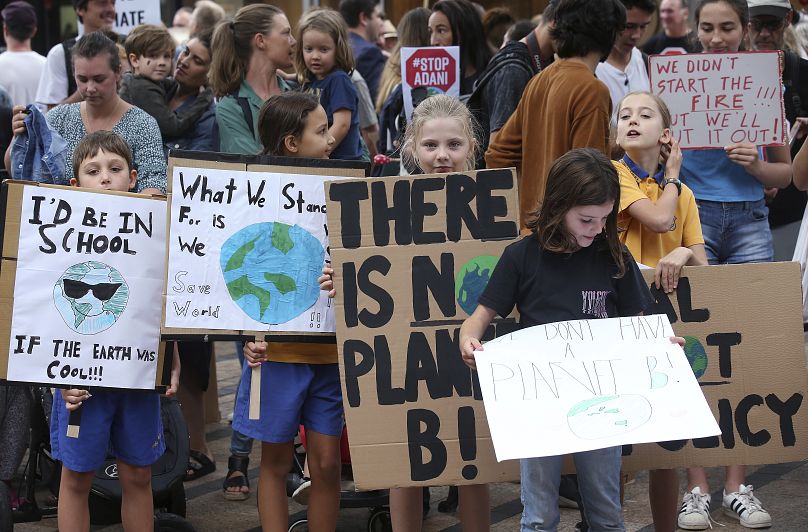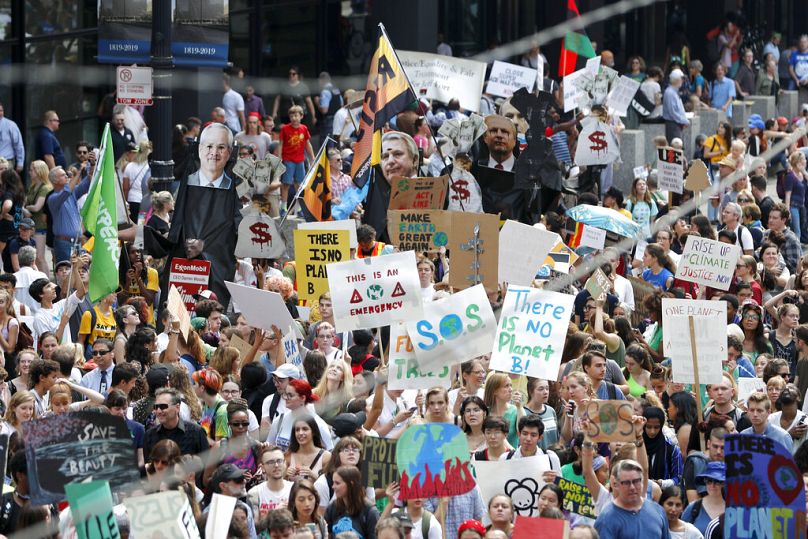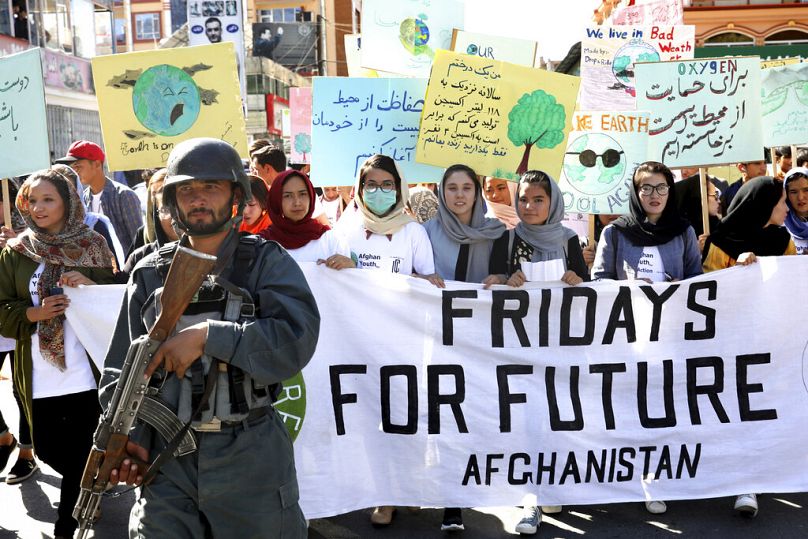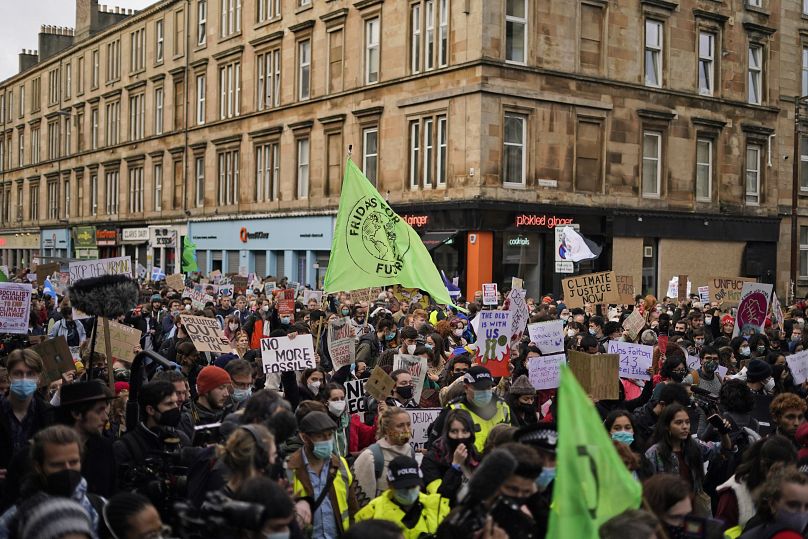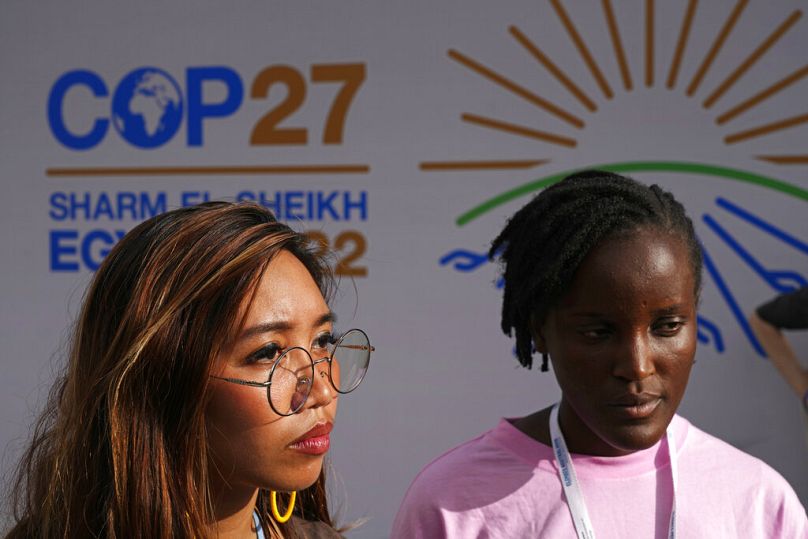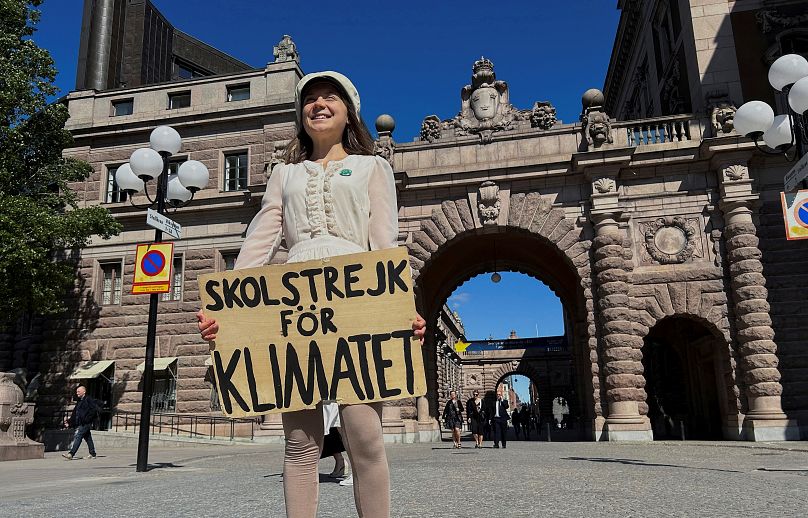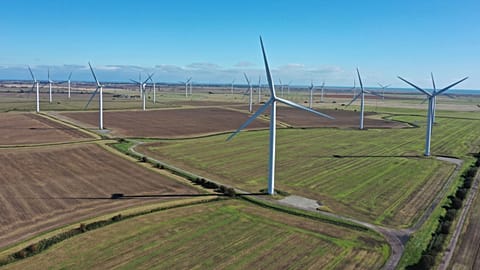From solo protest to global movement: Five years of Fridays for Future in pictures
Greta Thunberg took part in her last school strike after graduating in June but the movement has grown well beyond her first solo protest.
On 20 August 2018, climate activist Greta Thunberg stopped going to school. Instead, she did something that would spark a worldwide movement and, hopefully, change the course of history.
Thunberg sat outside the Riksdag, Sweden’s parliamentary building, every day during school hours with a now-famous sign reading "Skolstrejk för klimatet" ("school strike for climate").
Following heat waves and wildfires in Sweden, she wanted the government to act on climate change in a meaningful way.
The activist coined the phrase Fridays for Future and now, five years later, it has grown into a global youth movement.
The first Fridays for Future strike with more than one person outside of Sweden took place in The Hague, outside the Dutch Parliament. It was led by activists Sandor van Gessel, Anne-Laure Stroek, Ianthe Minnaert and Ellis van der Borgh.
Young people in Australia were inspired and within days thousands began walking out of school on Fridays.
By the end of the year, young people were striking in around 270 countries.
How Fridays for Future staged the biggest climate strike in history
In 2019, momentum built for collective global Fridays for Future action. In March, a worldwide strike gathered more than one million people with 2,200 protests across 125 countries. In May, a second strike saw 1,600 protests across 150 countries.
Then in September, the Global Week for Future took place where an estimated four million people - many of them schoolchildren - participated in what are thought to be the biggest climate strikes in world history.
Thunberg made a two-week journey by sailboat across the Atlantic Ocean to take part in school strikes in the US and attend a UN Climate Summit.
An online movement was also founded by US activists Iris Zhan and George Zhang to make Fridays for Future accessible for those who weren’t able to physically strike.
And, when the COVID-19 pandemic struck in 2020, Thunberg encouraged everyone to take their activism to social media.
Young people around the world started posting their ‘school strike for climate’ signs on the internet.
Global climate strikes have taken place almost every year since 2018 with hundreds of thousands of young people taking part to call for more action on climate change. Other groups including Parents for Future and Scientists for Future have been founded.
Greta Thunberg’s last school strike for climate
Alongside protests, Thunberg and her fellow Fridays for Future members have spoken on the global stage, addressing world leaders and experts at conferences around the world.
Turning up at major global summits - whether invited or not - over the last five years, young activists have called on governments to act.
Sidha Ravi, founder of Fridays for Future India, used digital strikes and more than a million emails to oppose the country’s controversial Environmental Impact Assessment rules. It became headline news pushing the issue into the public eye.
And, though few decisions on climate commitments have really been directly linked to Fridays for Future action, many believe the added attention has put pressure on global policymakers to act.
In June this year, Thunberg took part in her 251st school strike for climate. It was her last before graduating.
“When I started striking in 2018 I could never have expected that it would lead to anything,” she wrote on social media platform X. Starting with just a small group of children deciding to strike on Fridays, she says it eventually led to the founding of Fridays for Future.
“Some more people joined, and quite suddenly this was a global movement growing every day.”
“I’ll continue to protest on Fridays, even though it’s not technically ‘school striking’. We simply have no other option than to do everything we possibly can. The fight has only just begun,” the Swedish activist concluded.

